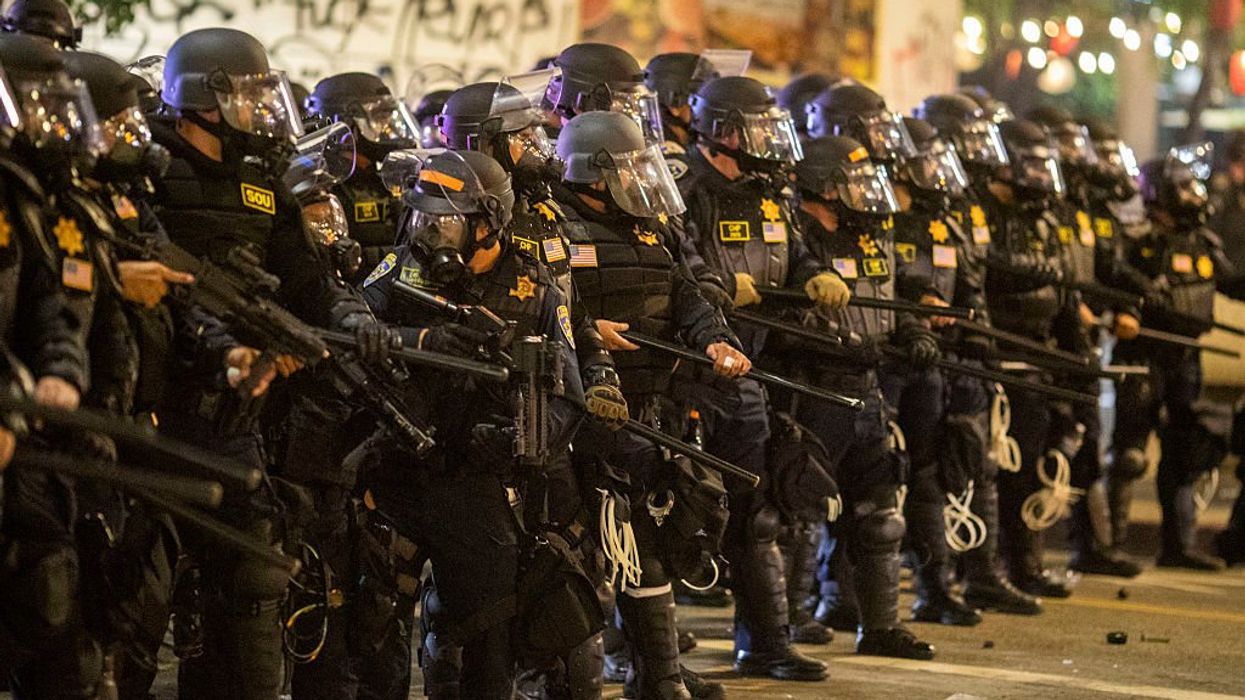
© 2025 Blaze Media LLC. All rights reserved.
Radar Unveils Well-Preserved 'Gladiator School' Ruins in Austria
September 06, 2011
...fought until they died.
They lived in cells barely big enough to turn around in and usually fought until they died. This was the lot of those at a sensational scientific discovery unveiled Monday: The well-preserved ruins of a gladiator school in Austria.
The Carnuntum ruins are part of a city of 50,000 people 28 miles (45 kilometers) east of Vienna that flourished about 1,700 years ago -- a major military and trade outpost linking the far-flung Roman empire's Asian boundaries to its central and northern European lands.
Mapped out by radar, the ruins of the gladiator school remain underground. Yet officials say the find rivals the famous Ludus Magnus — the largest of the gladiatorial training schools in Rome — in its structure. And they say the Austrian site is even more detailed than the well-known Roman ruin, down to the remains of a thick wooden post in the middle of the training area, a mock enemy that young, desperate gladiators hacked away at centuries ago. Al Jazeera looks at what archeologists have discovered
BBC News reports that the radar images show thick walls surrounding the compound which contained 40 small cells for fighters.
"(This is) a world sensation, in the true meaning of the word," said Lower Austrian provincial Governor Erwin Proell.
The archaeological park Carnuntum said the ruins were "unique in the world ... in their completeness and dimension."
The gladiator complex is part of a 10-square kilometer (3.9-square mile) site over the former city, an archaeological site now visited by hundreds of thousands of tourists a year. Officials told reporters they had no date for the start of excavations of the school, saying experts needed time to settle on a plan that conserves as much as possible.
"If one has a major injury then you first do a series of CT scans before you let a surgeon do his work," explained Wolfgang Neubauer, director of the Ludwig Bolzman Institute, which participated in the discovery.
Digging at the city site began around 1870, but only 0.5 percent of the settlement has been excavated, due to the enormity of what lies beneath and to the painstaking process of restoring what already has been unearthed.
Virtual video presentations Monday of the former Carnuntum gladiator school showed images of the ruins underground that morphed into what the complex must have looked like in the third century.
It was definitely a school of hard knocks.
"A gladiator school was a mixture of a barracks and a prison, kind of a high-security facility," said the Roemisch-Germanisches Zentralmuseum, one of the institutes involved in finding and evaluating the discovery. "The fighters were often convicted criminals, prisoners-of-war, and usually slaves."
Still, there were some perks for the men who sweated and bled for what they hoped would at least be a few brief moments of glory before their demise.
At the end of a dusty and bruising day, they could pamper their bodies in baths with hot, cold and lukewarm water. And hearty meals of meat, grains and cereals were plentiful for the men who burned thousands of calories in battle each day for the entertainment of others.
Thick walls surround 11,000 square meters (13,160 sq. yards) of the site, and the school and its adjacent buildings stretch over 2,800 square meters (3,350 square yards).
Inside, a courtyard was ringed by living quarters and other buildings and contained a round, 19-square meter (23-square yard) training area — a small stadium overlooked by wooden seats and the terrace of the chief trainer.
The complex also contained about 40 tiny sleeping cells for the gladiators; a large bathing area; a training hall with heated floors and assorted administrative buildings. Outside the walls, radar scans show what archeologists believe was a cemetery for those killed during training.
The institute said the training area was where the men's "market value and in end effect their fate" was decided. At the same time, it gave them a small chance for survival, fame, and possibly liberty.
"If they were successful, they had a chance to advance to 'superstar' status — and maybe even achieve freedom," said Carnuntum park head Franz Humer.
The Associated Press contributed to this report.
Want to leave a tip?
We answer to you. Help keep our content free of advertisers and big tech censorship by leaving a tip today.
Want to join the conversation?
Already a subscriber?
more stories
Sign up for the Blaze newsletter
By signing up, you agree to our Privacy Policy and Terms of Use, and agree to receive content that may sometimes include advertisements. You may opt out at any time.
Related Content
© 2025 Blaze Media LLC. All rights reserved.
Get the stories that matter most delivered directly to your inbox.
By signing up, you agree to our Privacy Policy and Terms of Use, and agree to receive content that may sometimes include advertisements. You may opt out at any time.






